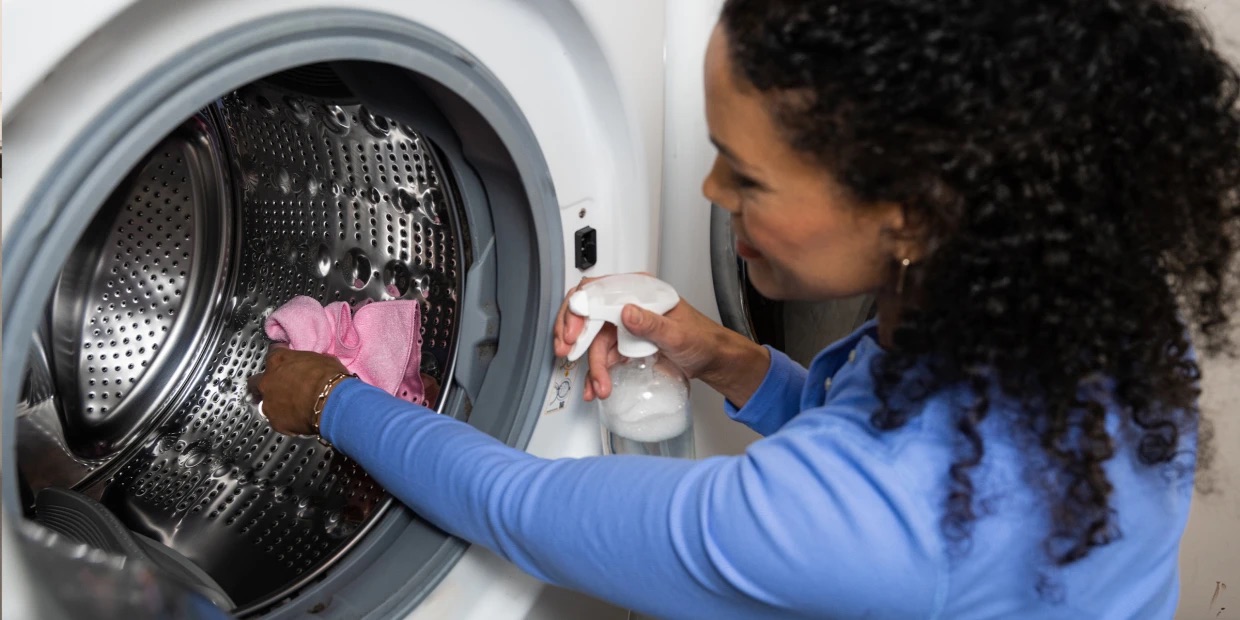

Articles
How To Disinfect Washer
Modified: February 11, 2024
Learn effective ways to disinfect your washer and keep it clean. Read our informative articles for step-by-step instructions on maintaining a hygienic washing machine.
(Many of the links in this article redirect to a specific reviewed product. Your purchase of these products through affiliate links helps to generate commission for Storables.com, at no extra cost. Learn more)
Introduction
Welcome to our guide on how to disinfect your washer. Regularly cleaning and disinfecting your washer is essential to maintain its performance and prevent the buildup of dirt, grime, and bacteria. Over time, residue from laundry detergents, fabric softeners, and dirt can accumulate inside your washer, leading to unpleasant odors and potential health hazards. By following these steps, you can ensure that your washer remains clean, sanitized, and ready to tackle your laundry.
Before we dive into the cleaning process, it’s important to note that different washers may have various cleaning procedures. Always refer to your washer’s manual for specific instructions. Additionally, some high-end washers have a self-clean cycle that can be activated to clean the machine automatically. However, even with a self-clean feature, it’s still beneficial to regularly clean and disinfect your washer manually.
Now, let’s get started on disinfecting your washer!
Key Takeaways:
- Regularly clean and disinfect your washer using white vinegar, baking soda, and hot water to prevent odor, bacteria, and residue buildup. Maintain a clean washer for better laundry results and a healthier home environment.
- Establish a maintenance routine by wiping down the door and seal, leaving the door open, cleaning the detergent dispenser, running a self-clean cycle, and removing wet laundry promptly. These practices ensure a clean, odor-free, and efficient washer.
Read more: How To Disinfect A Mattress
Step 1: Gather necessary supplies
Before you begin the cleaning process, it’s essential to gather the necessary supplies. Here’s a list of items you’ll need:
- White vinegar: Vinegar is a natural disinfectant and helps to remove any buildup inside the washer. It also eliminates odors.
- Baking soda: Baking soda is an effective cleaner that helps to remove stains and odors.
- Microfiber cloth: A microfiber cloth is ideal for wiping down the exterior of the washer and removing any dirt or grime.
- Toothbrush: A toothbrush can be used to clean hard-to-reach areas, such as the detergent dispenser, rubber gasket, and filter.
- Hot water: Hot water is necessary for effectively cleaning and disinfecting your washer.
- Mild detergent: If your washer has a self-clean cycle, you may need a mild detergent specifically formulated for this purpose.
Make sure you have all these supplies on hand before proceeding with the cleaning process. Having them readily available will ensure a smooth and efficient cleaning experience.
Step 2: Prepare the washer for cleaning
Before you start cleaning the interior of the washer, it’s important to prepare it properly. Here’s what you need to do:
- Unplug the washer: Safety first! Before any cleaning, make sure to unplug the washer from the power source. This will prevent any accidents while you’re working.
- Empty the washer: Remove any laundry or items from the washer. This includes clothes, towels, and any other materials that may be inside. Ensure that the washer is completely empty before proceeding.
- Open the door: If your washer has a front-loading design, open the door to allow maximum access to the drum and other components. If you have a top-loading washer, leave the lid open.
By following these steps, you’ll create a safe and accessible environment for the cleaning process. Now that you’re ready, it’s time to move on to the next step.
Step 3: Clean the exterior of the washer
Now that the washer is prepared, it’s time to start cleaning the exterior. Follow these steps to make the exterior of your washer shine:
- Mix a cleaning solution: In a small bowl, combine equal parts water and white vinegar. This mixture will help to remove stains and grime from the surface of the washer.
- Dip a microfiber cloth into the solution: Dip a microfiber cloth into the cleaning solution and wring out any excess liquid. The cloth should be damp but not dripping.
- Wipe down the exterior: Starting from the top, wipe down the exterior of the washer using the damp cloth. Pay close attention to areas that may be prone to dirt and stains, such as the control panel, knobs, and door handle.
- Rinse with clean water: Once you have wiped down the entire exterior, rinse the cloth with clean water and go over the surface again. This will help remove any residual cleaning solution.
- Dry with a clean cloth: Finally, use a dry microfiber cloth to dry the exterior of the washer. This will prevent any water spots or streaks from forming.
By following these simple steps, you can ensure that the exterior of your washer is clean and free from any dirt or stains. Now, let’s move on to the next step of the cleaning process.
Step 4: Clean the detergent dispenser
The detergent dispenser is an important component of your washer, as it is where you add laundry detergent, fabric softener, and other cleaning agents. Over time, residue can accumulate in this area, leading to clogs and an unpleasant smell. Follow these steps to clean your detergent dispenser:
- Remove the dispenser: Depending on your washer model, the detergent dispenser can be removable or integrated into the machine. If it’s removable, gently pull it out from the washer.
- Soak in warm water: Fill a sink or basin with warm water and add a small amount of mild detergent. Place the detergent dispenser in the water and let it soak for a few minutes to loosen any residue.
- Scrub with a toothbrush: Take a toothbrush and scrub the detergent dispenser to remove any buildup or stains. Pay close attention to the nozzles and compartments where the detergent is dispensed.
- Rinse thoroughly: Once you’re done scrubbing, rinse the detergent dispenser under running water to remove any soap or residue. Ensure that all areas are completely clean.
- Dry before reinserting: Before reinserting the detergent dispenser back into the washer, make sure it is completely dry. Wipe off any excess water with a clean cloth or let it air dry.
By regularly cleaning your detergent dispenser, you can maintain its functionality and prevent any blockages. Now that your dispenser is clean, it’s time to move on to the next step of cleaning the drum of the washer.
Read more: How To Disinfect A Carpet
Step 5: Clean the drum of the washer
The drum of your washer is where all the magic happens. It’s where your clothes are cleaned and rinsed, and over time, it can accumulate dirt, residue, and unpleasant odors. Here’s how you can clean the drum of your washer:
- Fill the drum with hot water: Start by filling the drum with hot water. The water should be at its highest temperature setting. This will help to loosen any dirt and grime inside the drum.
- Add white vinegar: Add two cups of white vinegar to the hot water in the drum. Vinegar is a natural disinfectant and will help to remove any bacteria or odor-causing residue.
- Run a wash cycle: Start a regular wash cycle with the hot water and vinegar mixture. Let the cycle run until it reaches the spin phase. This will allow the mixture to agitate and clean the drum thoroughly.
- Wipe down the drum: Once the cycle is complete, use a clean cloth or sponge to wipe down the inside of the drum. This will help to remove any remaining dirt or residue.
- Rinse with clean water: After wiping down the drum, run another wash cycle with clean water only. This will rinse away any vinegar or cleaning solution that may still be present.
By regularly cleaning the drum of your washer, you can ensure that it remains free from dirt, grime, and unpleasant odors. Now that you’ve cleaned the drum, let’s move on to the next step of cleaning the rubber gasket and door seal.
Add 1 cup of bleach to the detergent dispenser and run a hot water cycle to disinfect your washer. Wipe down the door seal and detergent tray with a bleach solution to remove any mold or mildew.
Step 6: Clean the rubber gasket and door seal
The rubber gasket and door seal of your washer are critical in preventing water from leaking out during a wash cycle. However, these areas can also accumulate mold, mildew, and residue over time. Here’s how you can clean the rubber gasket and door seal:
- Inspect for mold or mildew: Take a close look at the rubber gasket and door seal. Look for any signs of mold or mildew, such as dark spots or a musty smell.
- Mix a cleaning solution: In a spray bottle, mix equal parts white vinegar and water. This solution will help to disinfect the rubber gasket and remove any mold or mildew.
- Spray the solution: Spritz the cleaning solution onto the rubber gasket and door seal. Ensure that all areas are covered, especially those with visible mold or mildew.
- Scrub with a toothbrush: Take a toothbrush and scrub the rubber gasket and door seal. Pay extra attention to areas with mold or mildew growth. The bristles will help to loosen and remove any stubborn residue.
- Wipe down with a damp cloth: After scrubbing, use a damp cloth to wipe away any remaining residue. Make sure to remove all traces of the cleaning solution.
- Leave the door open to dry: To prevent mold or mildew from growing again, leave the door of your washer open for a few hours to let the rubber gasket and door seal air out and dry completely.
Regularly cleaning the rubber gasket and door seal of your washer will help to maintain its functionality and prevent any potential leakage issues. Now that you’ve cleaned the gasket and seal, let’s move on to the next step: cleaning the filter.
Step 7: Clean the filter
The filter of your washer plays a crucial role in trapping lint, debris, and other particles that may be present in your laundry. Over time, the filter can become clogged, affecting the washer’s performance and efficiency. Here’s how you can clean the filter:
- Locate the filter: The filter is typically located at the bottom front of the washer. Look for a small door or panel that can be opened to access the filter.
- Prepare a container: Place a shallow container or towel beneath the filter area to catch any water that may spill out during the cleaning process.
- Open the filter compartment: Depending on your washer model, you may need a coin or a small tool to unscrew or unlock the filter compartment. Remove the compartment cover carefully.
- Clean the filter: Take out the filter and rinse it under running water to remove any lint or debris. Use a soft brush or toothbrush to gently scrub away any stubborn residue.
- Check for blockages: While cleaning the filter, inspect the filter compartment for any blockages or obstructions. Use a flashlight to get a better view and remove any debris that may be trapped.
- Reinstall the filter: Once the filter is clean and the compartment is clear, carefully put the filter back into place. Ensure that it is securely fastened.
- Close the filter compartment: Close the filter compartment door or panel, making sure it is properly sealed.
Regularly cleaning the filter will help to maintain the efficiency of your washer and prevent any potential drainage or performance issues. Now that the filter is clean, let’s move on to the next step: running a self-clean cycle (if applicable).
Step 8: Run a self-clean cycle (if applicable)
Some washers, particularly newer models, come equipped with a self-clean cycle feature. This feature is designed to thoroughly clean the interior of the washer without any additional steps from the user. If your washer has a self-clean cycle, here’s how you can run it:
- Refer to the manual: Consult your washer’s manual to determine if it has a self-clean cycle and where to find it in the control panel. This information may vary depending on the brand and model of your washer.
- Empty the washer: Ensure that the washer is empty of any clothes, towels, or other items.
- Select the self-clean cycle: On the control panel, locate the self-clean cycle option. It may be referred to as “Self-Clean” or have a specific icon indicating the cleaning function.
- Adjust settings (if applicable): Some washers with self-clean cycles allow you to adjust settings such as water temperature, duration, or intensity of cleaning. Follow the instructions in the manual if you wish to make any adjustments.
- Start the cycle: Press the start button to initiate the self-clean cycle. The washer will take care of the cleaning process automatically.
- Wait for the cycle to complete: Allow the self-clean cycle to run until it finishes. This may take anywhere from 1 to 3 hours, depending on your washer.
- Open the door and allow to dry: Once the cycle is complete, open the door of the washer and allow it to air dry. This will help to prevent any moisture buildup and potential mold growth.
If your washer does not have a self-clean cycle or if you prefer to manually clean it, you can follow the previous steps outlined in this guide to ensure a thorough cleaning. Now that the self-clean cycle is complete, let’s move on to the next step: wiping down the exterior.
Read more: How To Disinfect A Toothbrush
Step 9: Wipe down the exterior
Now that you have cleaned the interior components of your washer, it’s time to turn your attention to the exterior. Wiping down the exterior will not only make it look clean and presentable, but it will also remove any dust, dirt, or grime that may have accumulated. Here’s how to wipe down the exterior of your washer:
- Dampen a clean cloth: Take a clean cloth and dampen it with water. Make sure the cloth is not soaking wet, but just damp enough to effectively clean the surface.
- Wipe from top to bottom: Starting from the top, wipe down the exterior of the washer using gentle, sweeping motions. This will help to remove any dust or dirt that may have settled on the surface.
- Pay attention to details: While wiping down the exterior, pay special attention to the control panel, buttons, and any other areas that may require a bit of extra cleaning. Use a toothbrush or a cotton swab dipped in soapy water for hard-to-reach crevices or stubborn stains.
- Dry the surface: Once you have wiped down the entire exterior, use a dry cloth to thoroughly dry the surface. This will help to prevent any water spots or streaks from forming.
By regularly wiping down the exterior of your washer, you can keep it looking clean and well-maintained. It’s also a good opportunity to inspect the exterior for any signs of damage or wear and tear. With the exterior clean, we move on to the final step: maintaining a clean washer.
Step 10: Maintain a clean washer
Now that you have gone through the process of cleaning and disinfecting your washer, it’s important to establish a regular maintenance routine to keep it clean and running smoothly. Here are some tips to help you maintain a clean washer:
- Wipe down the door and seal: After each use, take a moment to wipe down the door and rubber seal of your washer. This will help to prevent the buildup of mold and mildew.
- Leave the door open: When you’re finished doing laundry, leave the door of the washer open. This will allow air to circulate, helping to prevent moisture buildup and potential mold growth.
- Clean the detergent dispenser regularly: Make it a habit to clean the detergent dispenser every few weeks. Remove any residue or leftover detergent to prevent clogs and odors.
- Run a self-clean cycle (if available): If your washer has a self-clean cycle, consider running it on a monthly basis or as recommended by the manufacturer. This will help to keep the interior of your washer clean and sanitized.
- Use the right amount of detergent: Avoid using excessive amounts of detergent, as this can lead to soap residue buildup in your washer. Always follow the manufacturer’s guidelines for the appropriate detergent dosage.
- Regularly clean the filter: Depending on your washer model, clean the filter at least once every few months to ensure optimal performance and prevent blockages.
- Remove wet laundry promptly: When a load of laundry is finished, promptly remove the wet clothing from the washer. Leaving damp clothing in the machine can lead to unpleasant odors and potential mold growth.
By incorporating these maintenance practices into your laundry routine, you can prolong the life of your washer and ensure that it remains clean and odor-free. Remember, a clean washer not only provides better cleaning results for your clothes but also contributes to a healthier and more efficient laundry experience.
With these steps, you now have a comprehensive guide on how to disinfect and maintain your washer. By following these instructions regularly, you can keep your washer in top condition and enjoy fresh, clean laundry every time.
Happy cleaning!
Conclusion
Cleaning and disinfecting your washer is an important step in maintaining its performance, preventing odors, and ensuring the longevity of the machine. By following the steps outlined in this guide, you can keep your washer clean, sanitized, and ready to tackle all your laundry needs.
Remember to gather the necessary supplies before starting the cleaning process, prepare the washer by unplugging it and emptying it of any laundry, and then proceed to clean the exterior, detergent dispenser, drum, rubber gasket, filter, and run a self-clean cycle if applicable. Wipe down the exterior and establish a regular maintenance routine to keep your washer in optimal condition.
Taking the time to clean and maintain your washer not only contributes to better cleaning results for your clothes but also ensures that your washer operates efficiently and lasts longer. A clean washer is also essential for maintaining good hygiene and preventing the growth of bacteria and mold.
Make it a routine to clean your washer at least once every few months, or more frequently if needed. By incorporating these cleaning and maintenance steps into your laundry routine, you can enjoy fresh, clean laundry and peace of mind knowing that your washer is in top shape.
Thank you for following our guide on how to disinfect your washer. Happy cleaning and happy laundering!
Frequently Asked Questions about How To Disinfect Washer
Was this page helpful?
At Storables.com, we guarantee accurate and reliable information. Our content, validated by Expert Board Contributors, is crafted following stringent Editorial Policies. We're committed to providing you with well-researched, expert-backed insights for all your informational needs.
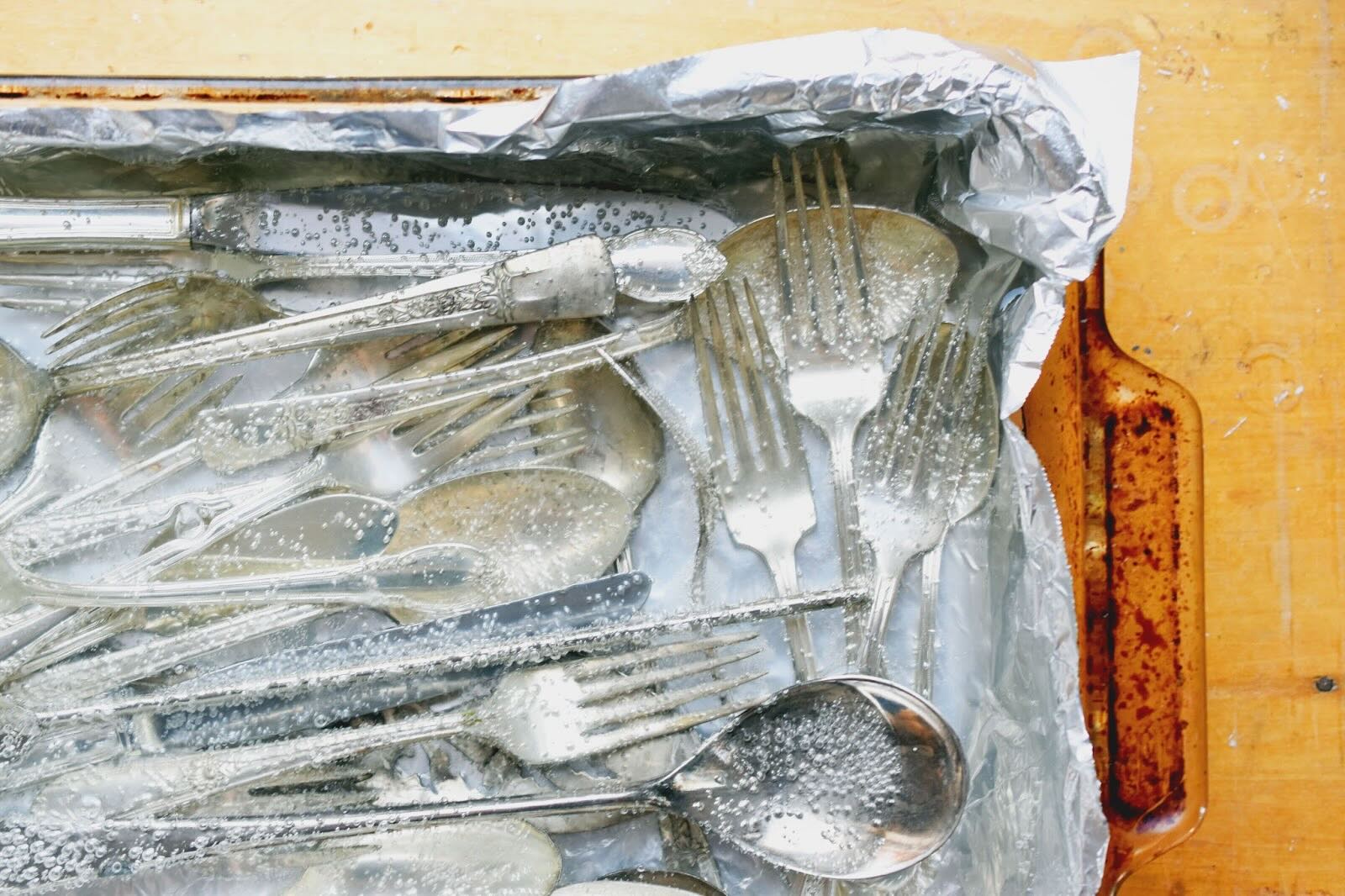
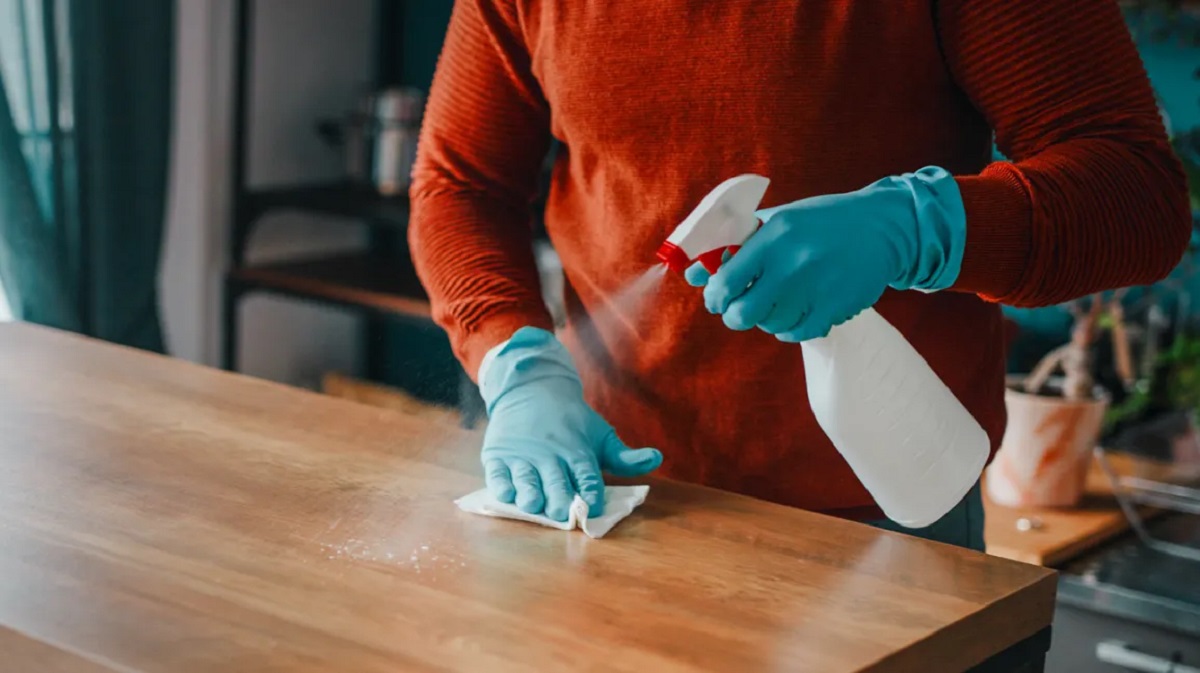
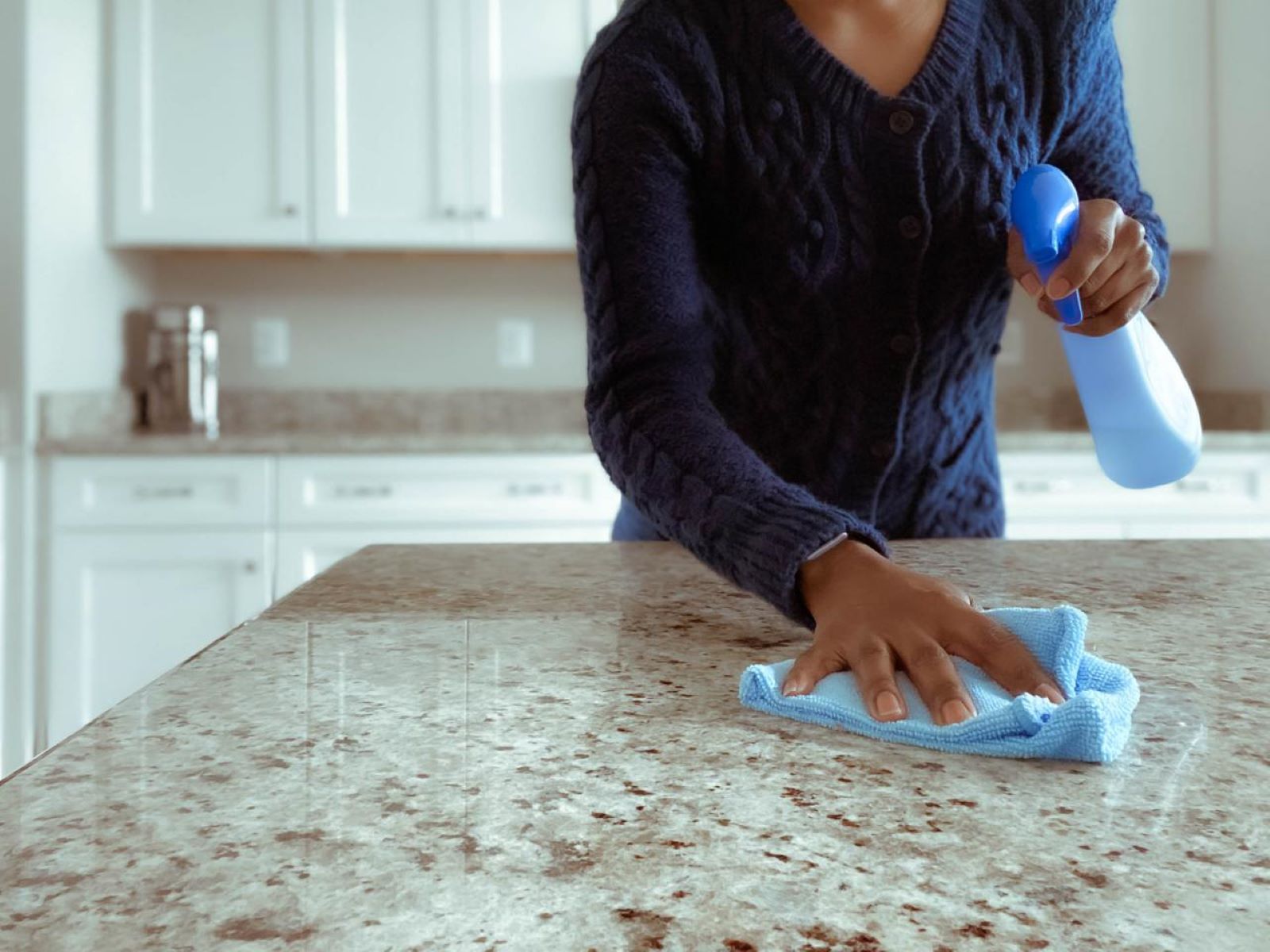
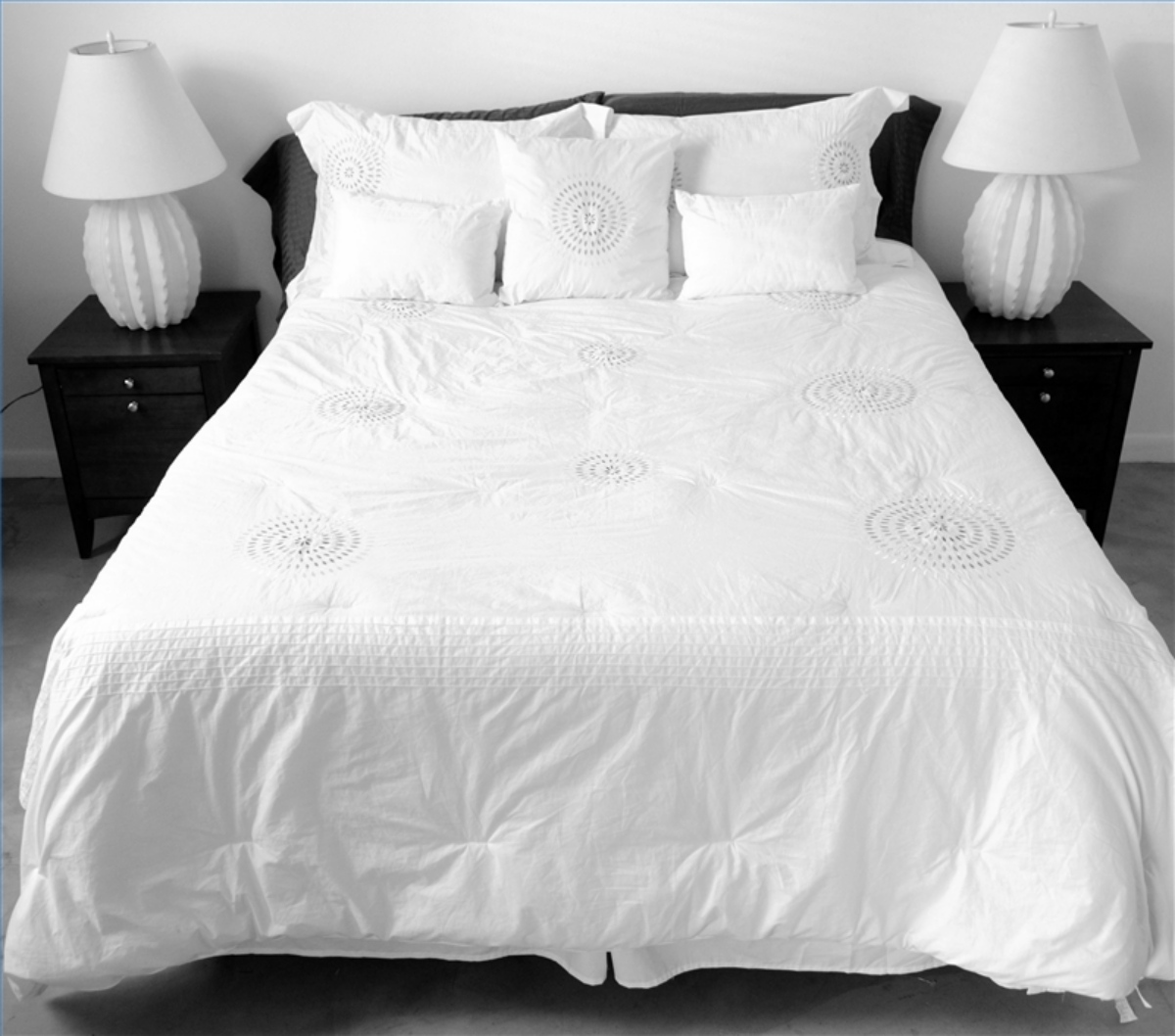
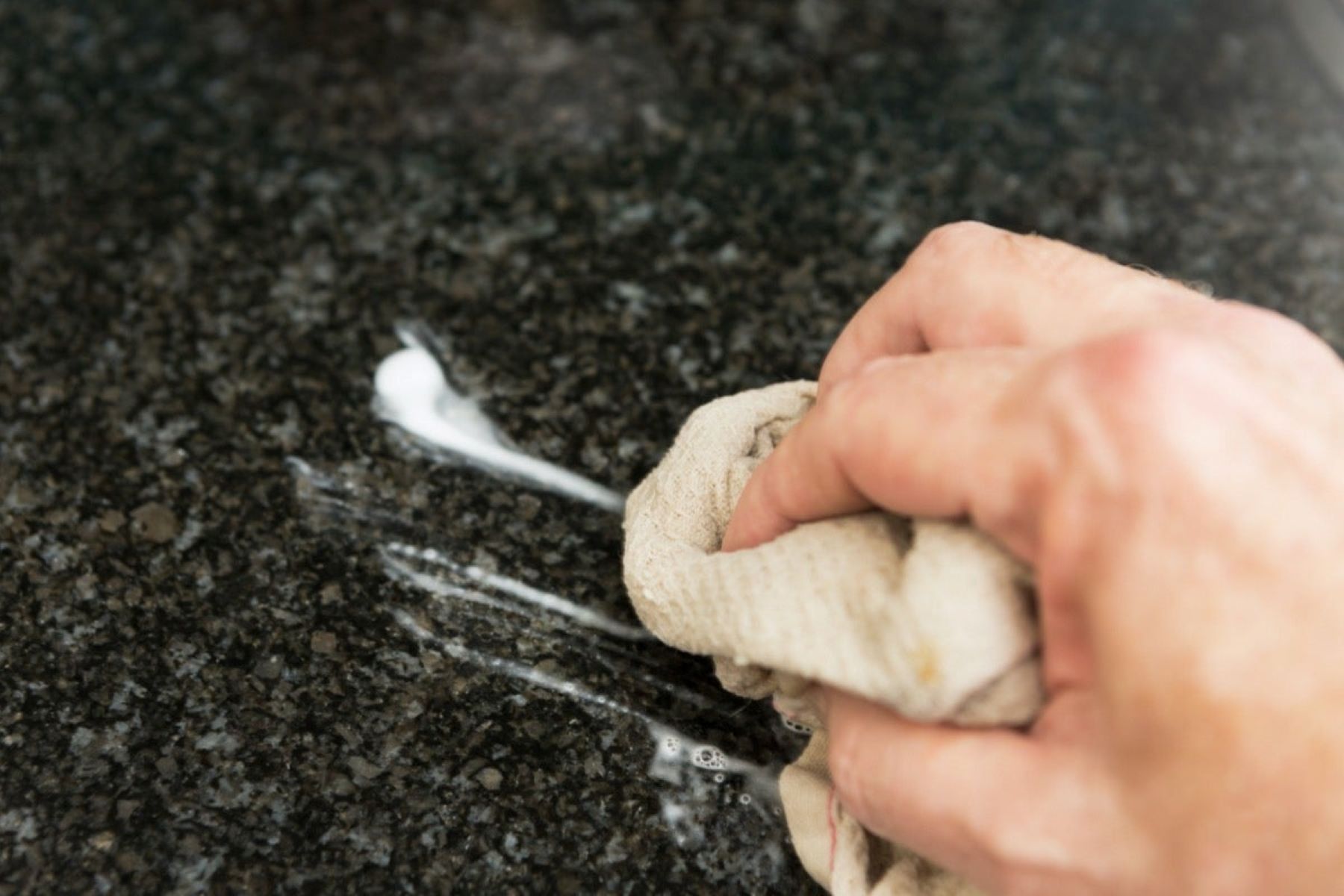
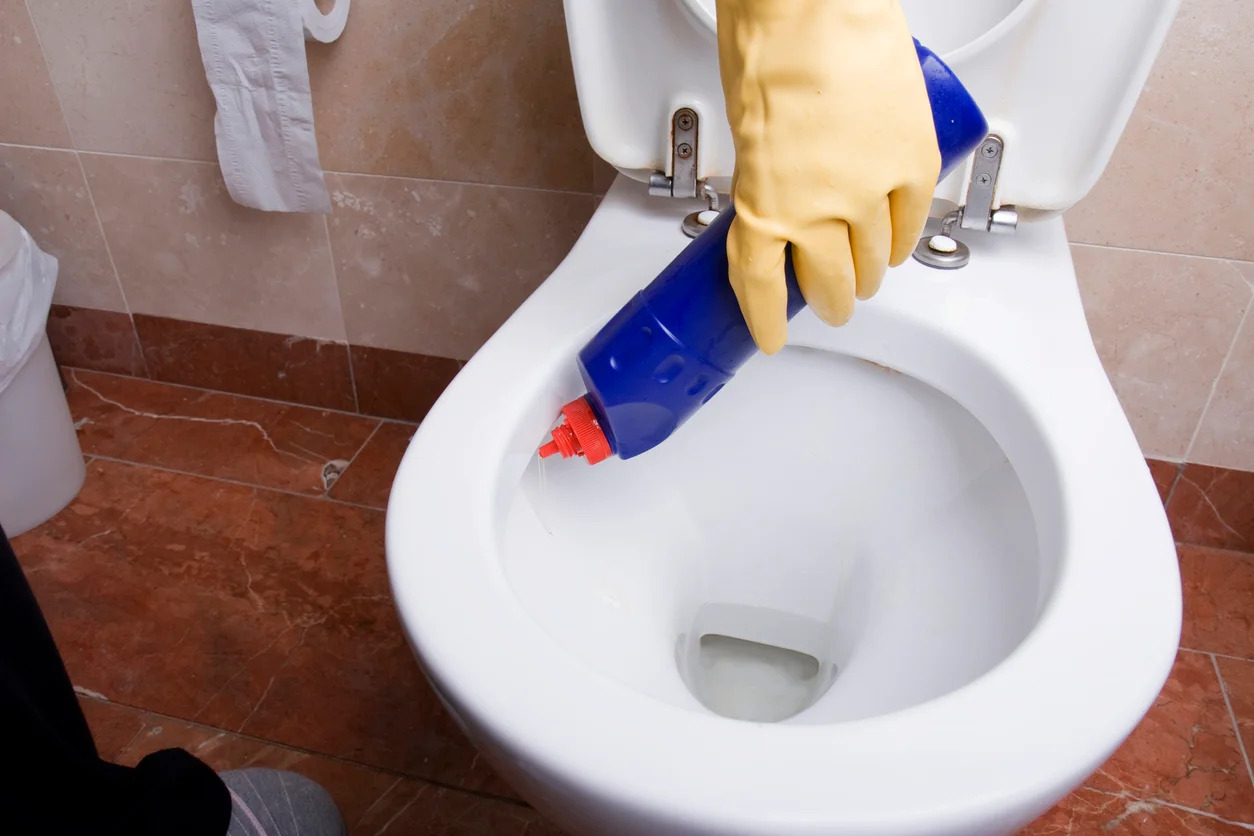
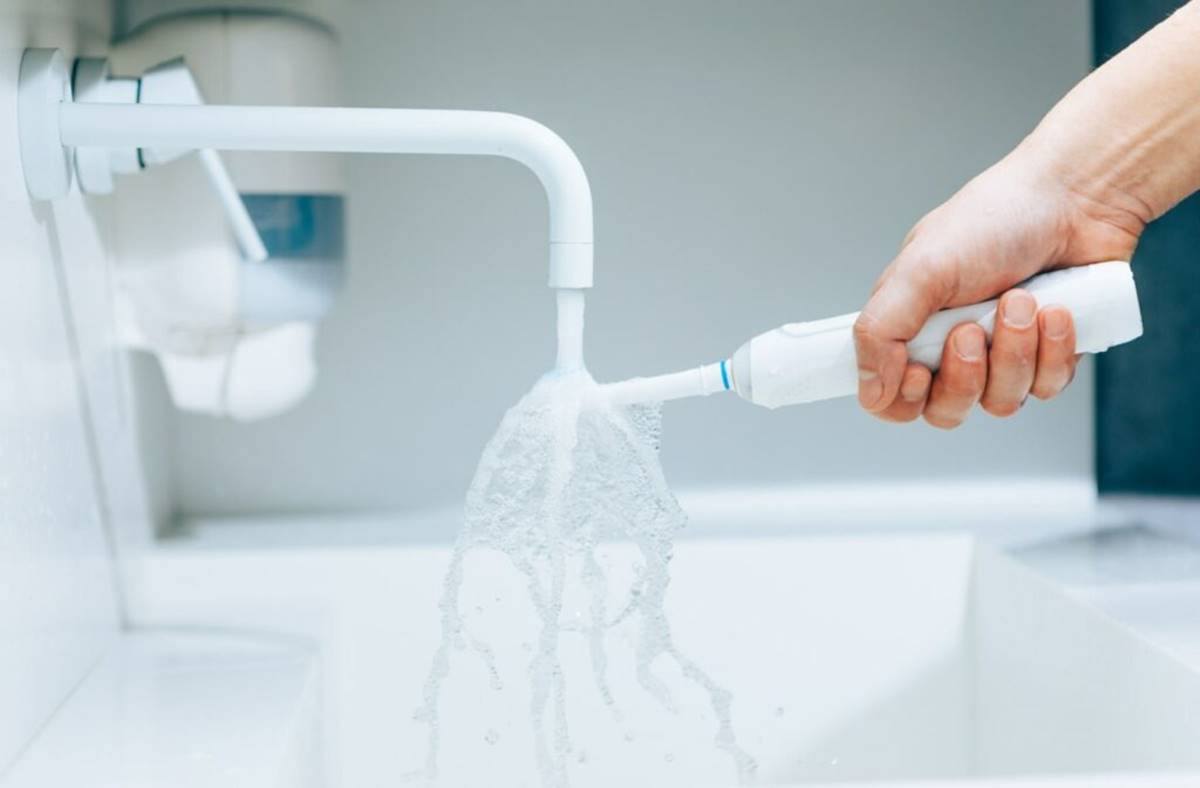
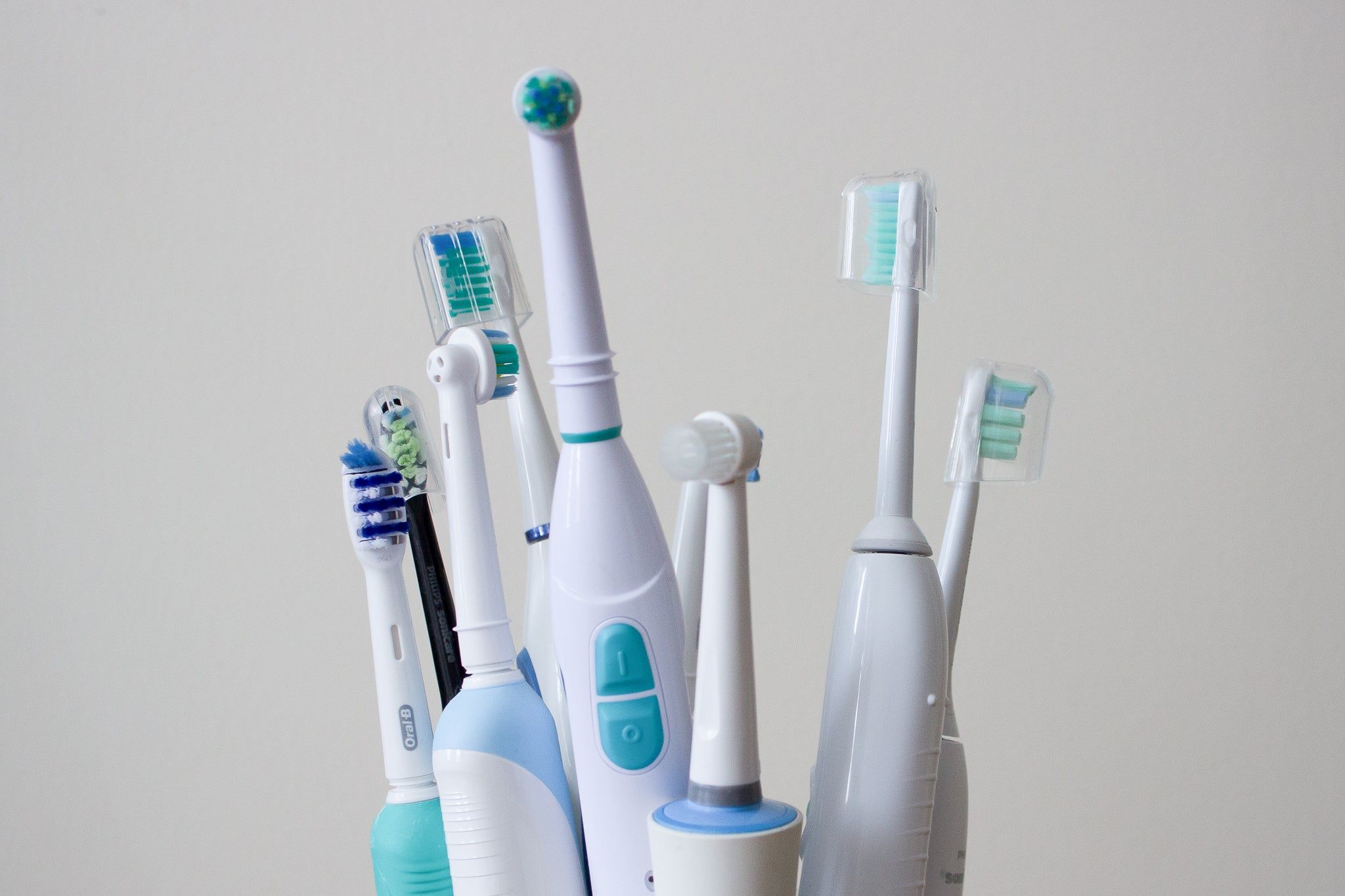
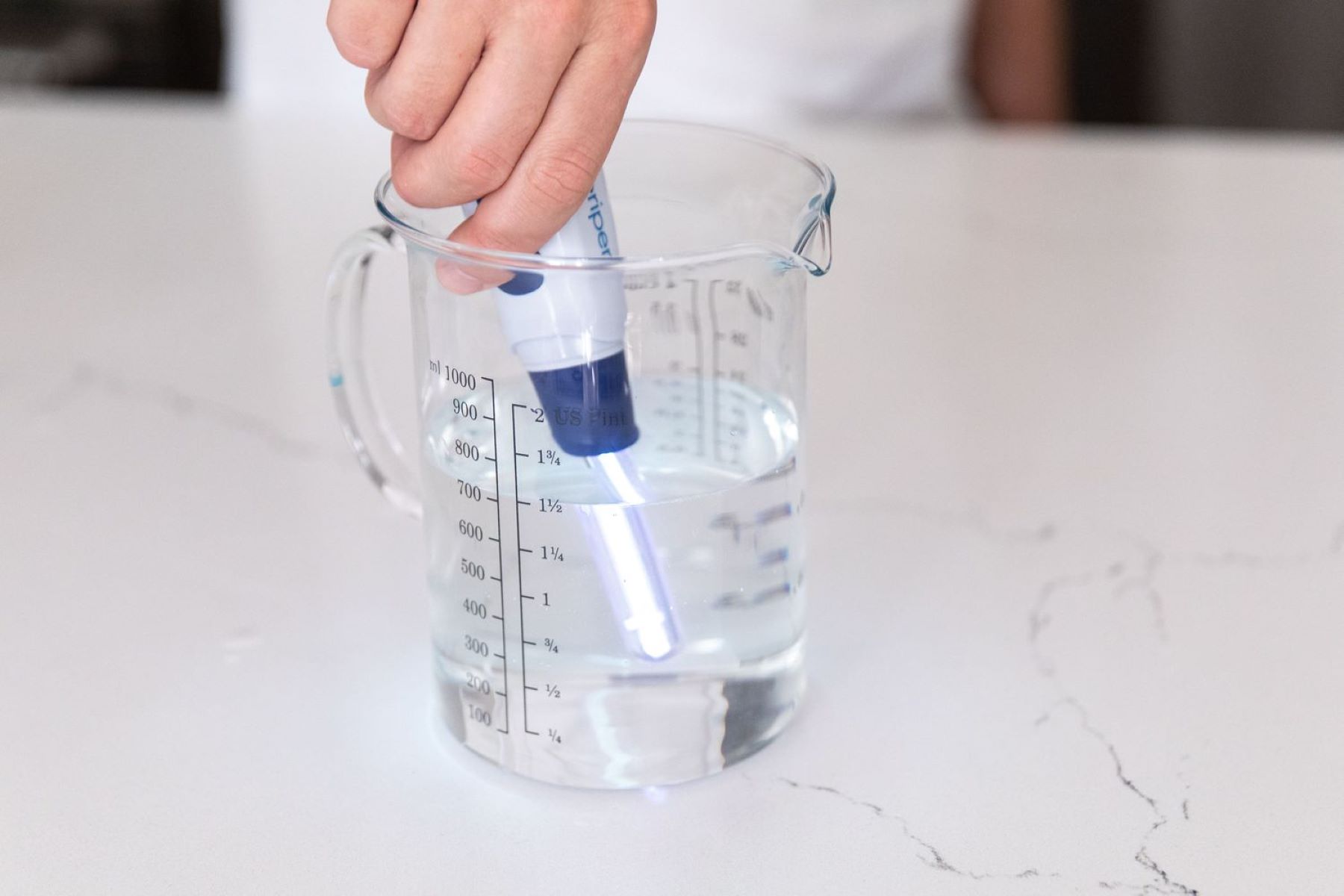
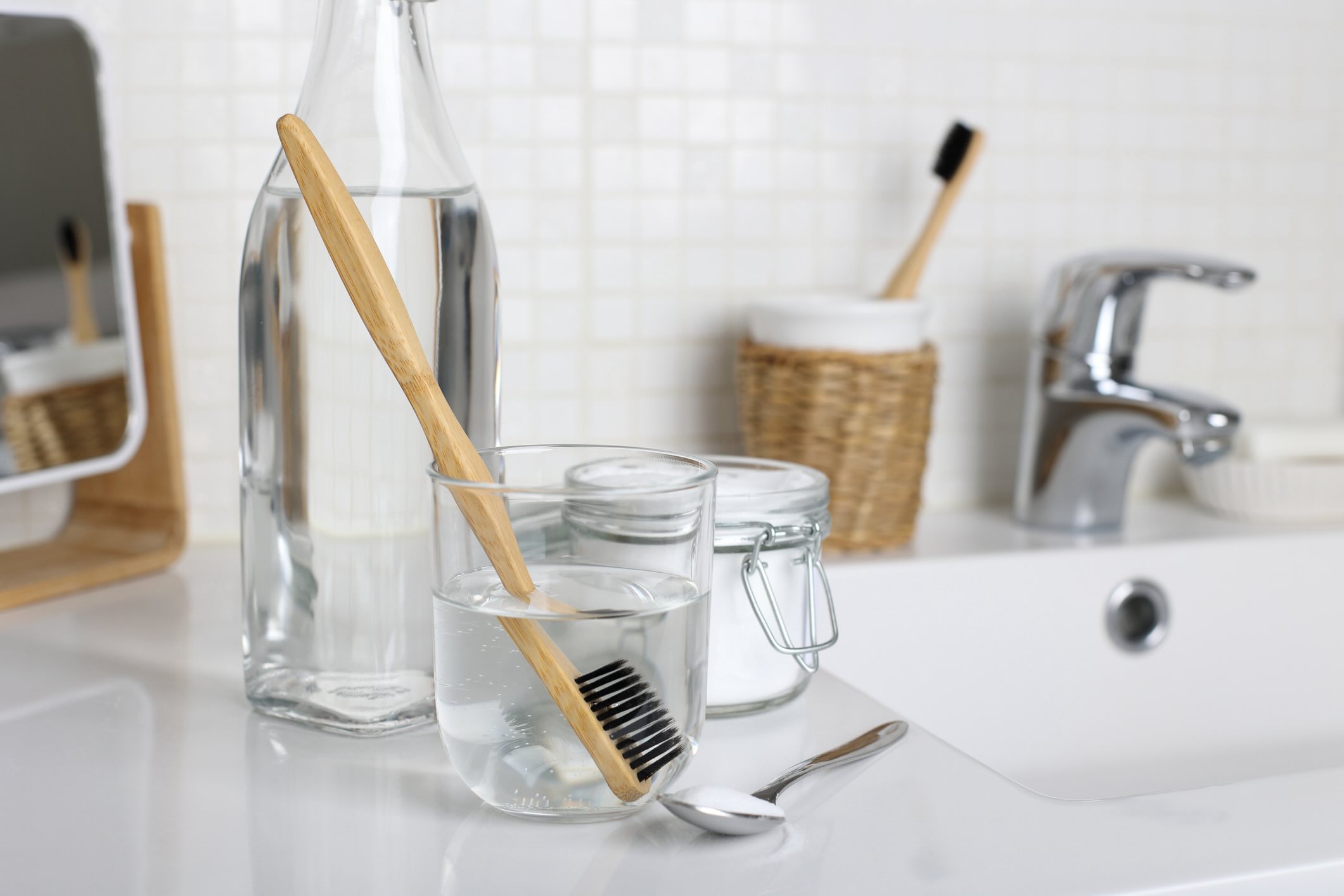
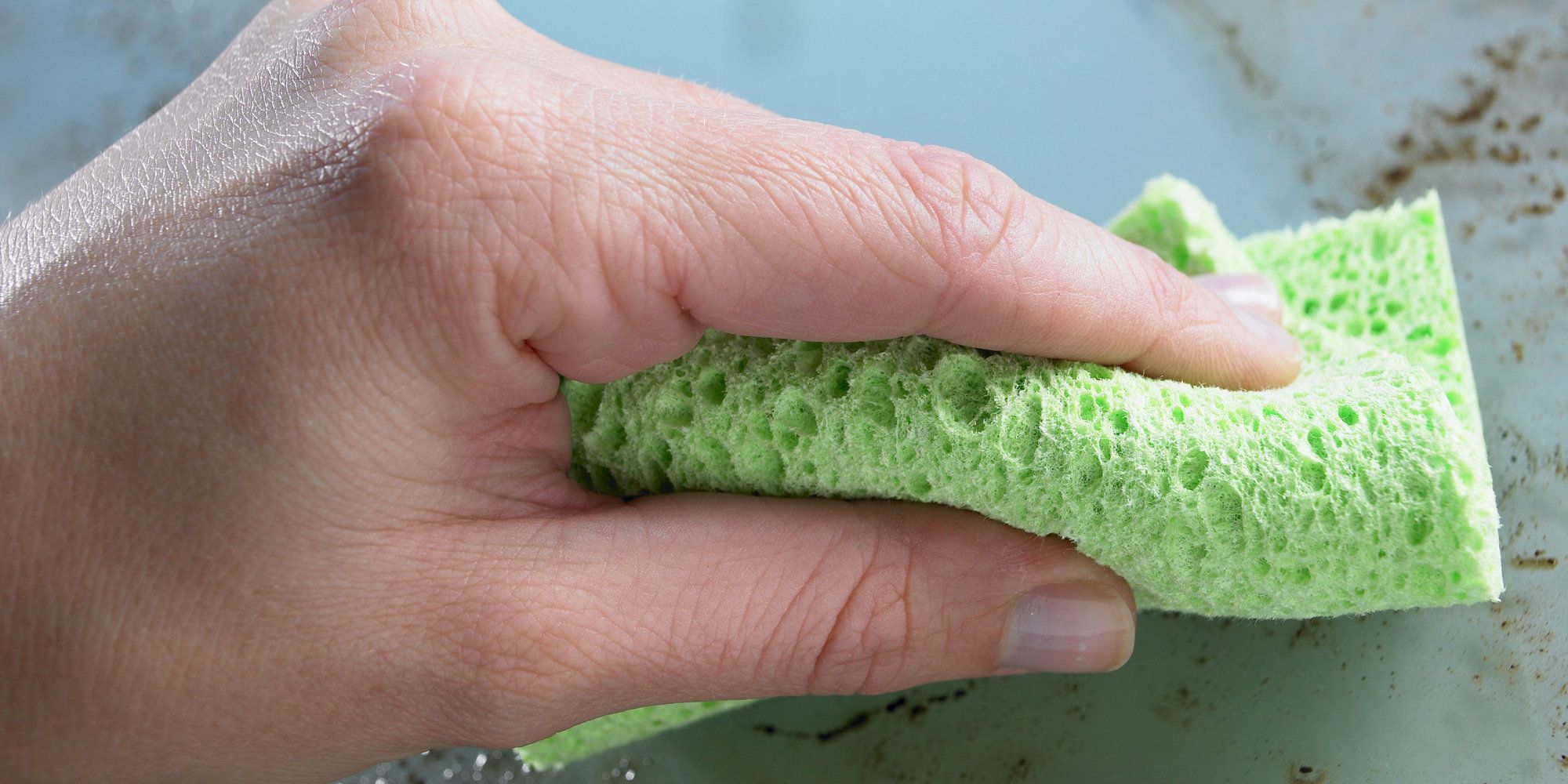
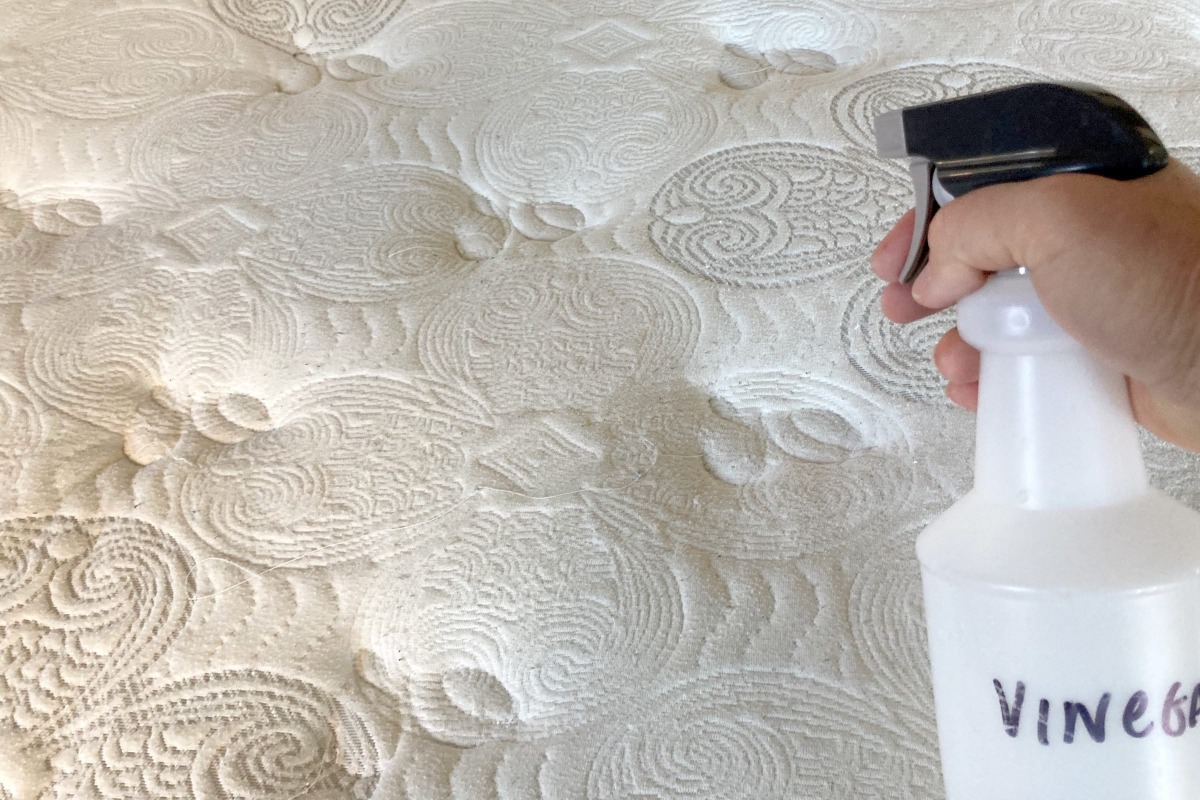


0 thoughts on “How To Disinfect Washer”